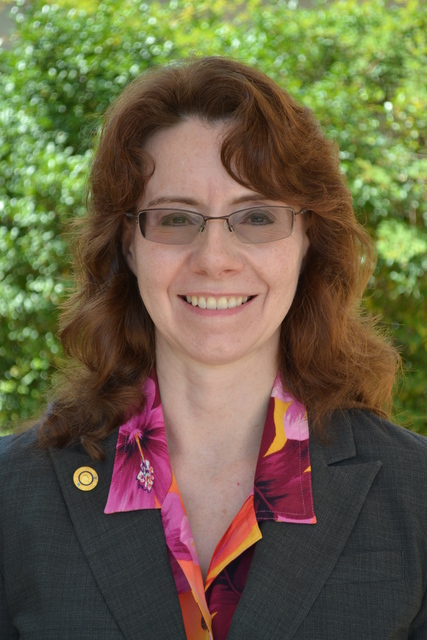
It is the time of year when leaders of educational institutions and other state agencies turn our attention to Raleigh. We alternate between prayer and curses as we await budget news throughout the democratic process. We visit our legislators in Raleigh, write them long emails, and corner them at local events to push for needed funding. Robeson Community College trustees and leaders do not want to focus on funding all the time. We want to focus on student learning and employee development and program improvements. But the truth is the college cannot meet our open door, comprehensive public community college mission without adequate funding. At the risk of causing eyes to glaze over, I want to share the basics of how your community college is funded.
By state law, counties are required to fund construction, maintenance, and security for community colleges, although sometimes state funds are available to help with these things. For the 2014-15 fiscal year, Robeson County provided $2,440,000, which included funds for a new roof on Building 8. The county’s support is greatly appreciated. The college also gets federal Pell grants for eligible students and has applied for and received some other grants to help fund equipment, program development, and student counseling. However, my focus here is state funding.
The General Assembly establishes an appropriation each fiscal year to the NC Community College System. This appropriation information is communicated to the system office along with various directives and policies. The state board of Community Colleges is then required to take action to allocate the funds according to laws and regulations. Most of the allocations are made based on a funding formula called Full Time Equivalency. All students served at a college in a current year are fed into the formula to determine the number of FTE for which a college will be funded in the following year. In 2013-14, Robeson Community College’s formula FTE was 3,314, so that determined the funding level for 2014-15. Each college also gets some separate allotments in certain categories, including Small Business Center, equipment, customized training for industry, instructional resources, and a very small amount to help students with child care. Further, the state receives a federal grant for Career and Technical Education, some of which is given to community colleges.
From the formula and allotments, the state-funded budget for Robeson Community College for 2014-15 fiscal year was $18,670,449. Funding per FTE ranged from $2,725 to $4,179 depending on type of course of student hours. Technology and Health Sciences courses requiring expensive laboratories are funded at a higher level. As a comparison, UNCP was funded at $9,725 per student for fiscal year 2014-15. The Public Schools of Robeson County was funded at $5,514 per Average Daily Membership, or $3,385 per headcount. When our enrollments go down, our budget goes down; when more students spend more time in class, budgets go up to help support those students.
There are two main issues we want to press the government to resolve to have adequate funding to serve our communities. About six years ago, the community college budgets were artificially decreased to help the state balance the budget. This was called a Management Flexibility Cut, and each college is still cut an amount based on the FTE formula each year. Although there is talk about the rebounding economy, and we are told there is a $400 million surplus, this cut is still built into our projected funding formula. This cut will cost Robeson Community College approximately $770,000 in the coming year if the government does not restore these funds to colleges.
The other issue is community college employees have been given very little pay increase in the past six years — just over 1 percent on one year, and $1,000 per person for this entire year. For several years, internal pay scale adjustments were frozen. Community colleges are asking that the state government eliminate the annual formula cuts and provide funds for a cost-of-living pay increase for community college instructors and staff. Community college faculty in North Carolina have the second lowest average pay in the southern region of the United States.
The House of Representatives’ budget included restoration of funding cuts, but only if that amount of funds could be saved elsewhere in the budget through new purchasing contracts set up by the state. The House also provided for a 2 percent raise for community college employees. We are encouraging the Senate to maintain the 2 percent raise and to truly eliminate the annual formula cuts that have nothing to do with our enrollment or graduation of students and which hurt our ability to continually improve programs and services.








